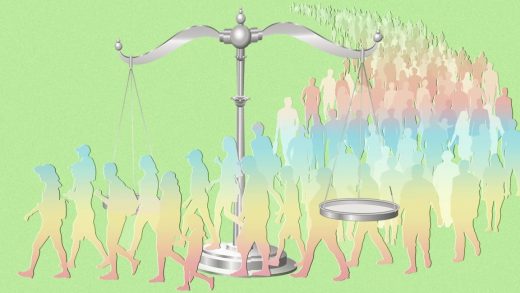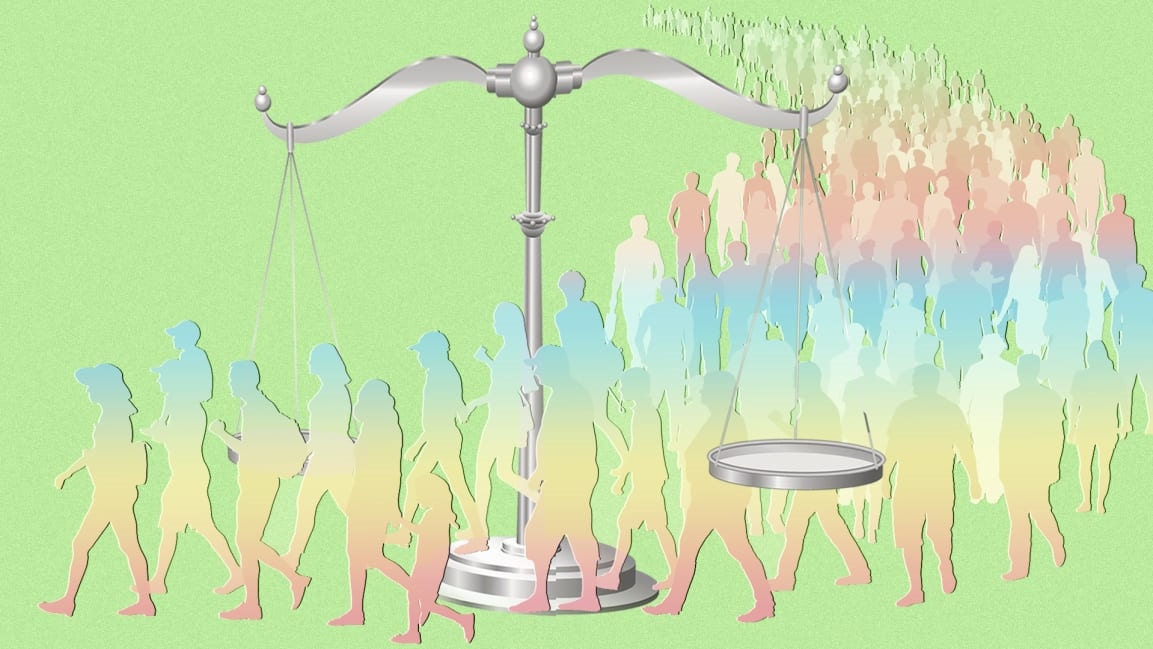It won’t take 257 years to reach intersectional gender equity if we do these 5 things
While the validity of each trend holds today, it’s worth exploring how the pandemic impacted them. And more importantly, it’s worth exploring how the events of 2020 will influence our trajectory toward intersectional gender equity.
Women in the global agenda
The pandemic’s outsize impact on women reminded us why intersectional gender-based policy reform (i.e. gender mainstreaming) matters. Because without applying an intersectional gender lens to public policy, we end up with rules and regulations that leave behind 50% of the population that is female.
Hawaiian lawmakers wasted no time in implementing a gender-based economic recovery plan, which they titled “Building Bridges, Not Walking on Backs.” In passing this recovery plan, policymakers in Hawaii understood the importance of centering marginalized perspectives—those most negatively impacted by the pandemic—in COVID-19 recovery efforts.
More state and local entities should take note. Gender mainstreaming would:
Intersectional gender pay gaps
In 2019, Americans ranked employee pay, benefits, and treatment in the workplace as the top three issues they cared most about when it comes to business behavior. Now, in the year of the greatest economic downturn since the Great Depression, consumers and employees are urging businesses to do more than simply commit to doing right by their employees—they’re asking them to prove it.
Economists predict that the gender pay gap will widen by five percentage points as a result of the pandemic. This would see women earning 76 cents for every dollar men earn, returning us to 1998 levels in terms of pay equity.
To narrow intersectional gender pay gaps in the decade ahead, we must hold companies to a higher calling—reminding them how shareholders benefit when businesses put employees first. Between 2007 to 2009, the S&P 500 declined 50.9%. But businesses where key employee groups such as women and people of color had “very positive experiences” saw their stocks rise an average of 14.4%.
Masculinity and the man box
Concern for mental health took center stage as the pandemic wreaked havoc on livelihoods, routines, and most concepts of normalcy. Men found themselves in a particularly compromised situation this year because rigid definitions of masculinity made it difficult for them to cope with pandemic anxiety.
As it stands, men commit nearly 80% of all suicides in the U.S., a suicide gender gap that’s largely attributable to toxic cultural rules on what it means to “be a man.” Suppressing emotion, being the primary provider of the household, using violence as power—these are all hallmark expressions of mainstream masculinity that keep men trapped in the metaphorical man box.
A majority (59%) of men have experienced worse mental health conditions this year than during the 2008 recession, but 66% of men say they rarely talk about COVID-19’s impact on their mental health, according to a report from the Cleveland Clinic. Moving forward, we need to destigmatize mental health and remember that breaking down strict gender narratives improves the lives of everyone. Intersectional gender equity is not synonymous with “women’s issues.”
Labor force participation
Between paid labor, household labor, and caregiving responsibilities, women were quickly burning both ends of the candle before the pandemic even arrived. Once COVID-19 took hold, the pressure mounted. Women shouldered an increase in unpaid labor and 54% of overall job losses.
Between Q3 2019 to Q3 2020, 1.6 million women fell out of the labor force, a fall that returns us to Q3 2017 employment numbers. Those are the raw numbers. In terms of the percentage of women participating in the labor force, it’s much worse. We are now back to 1988 levels in terms of percent participation among women.
From a labor economics standpoint, this situation is dangerous. Since 1988:
Today, more than 70% of U.S. households with children depend on moms for their economic well being. If we want an inclusive (i.e. non-K-shaped) recovery, we must create the public infrastructure necessary for moms to return to, and thrive in, the paid labor force.
The future of work and AI
Despite claims to the contrary, our current state of remote work won’t accelerate the journey to intersectional gender equity. That’s because current talent management systems don’t incentivize the right behavior. Many companies still rely on informal relationships to determine an employee’s performance and potential.
For instance, workers gain status by increasing their facetime and/or time spent online. But working mothers who have to juggle caretaking responsibilities with their paid jobs find it difficult to adhere to the standard 9-5 schedule. Not only do flexible work arrangements make women more invisible, but they also make women more stressed. Who wants the flexibility to answer emails at 2 am or attend a Zoom meeting with the camera off so they can simultaneously fold laundry?
The good news is that AI can catapult our economic recovery by de-biasing the entire talent management lifecycle. With AI, companies can put their vast amounts of employee data to work by ensuring every people-decision narrows intersectional gender equity gaps while also aligning with financial priorities.
The road ahead
As we move into the decade ahead, let’s remember that we decide what the future of intersectional gender equity will look like. We hold the power to determine the outcome of the trajectory. We have the tools—such as gender mainstreaming, cloud computing, and machine learning—to achieve equity for all in this lifetime. We don’t have to wait another 257 years.
Let’s create a world where pay transparency becomes the norm. Where all citizens can participate fully in democracy. Where men who aspire to be stay-at-home fathers no longer have to feel ashamed or isolated. Where people of all genders, races, and ethnicities work side by side to solve society’s toughest issues. We are the change we’ve been waiting for.
Katica Roy is the CEO and founder of Pipeline Equity. The complete 2021 Gender Retrospective report for in-depth analysis of these five trends (plus five others) is here.
(17)



